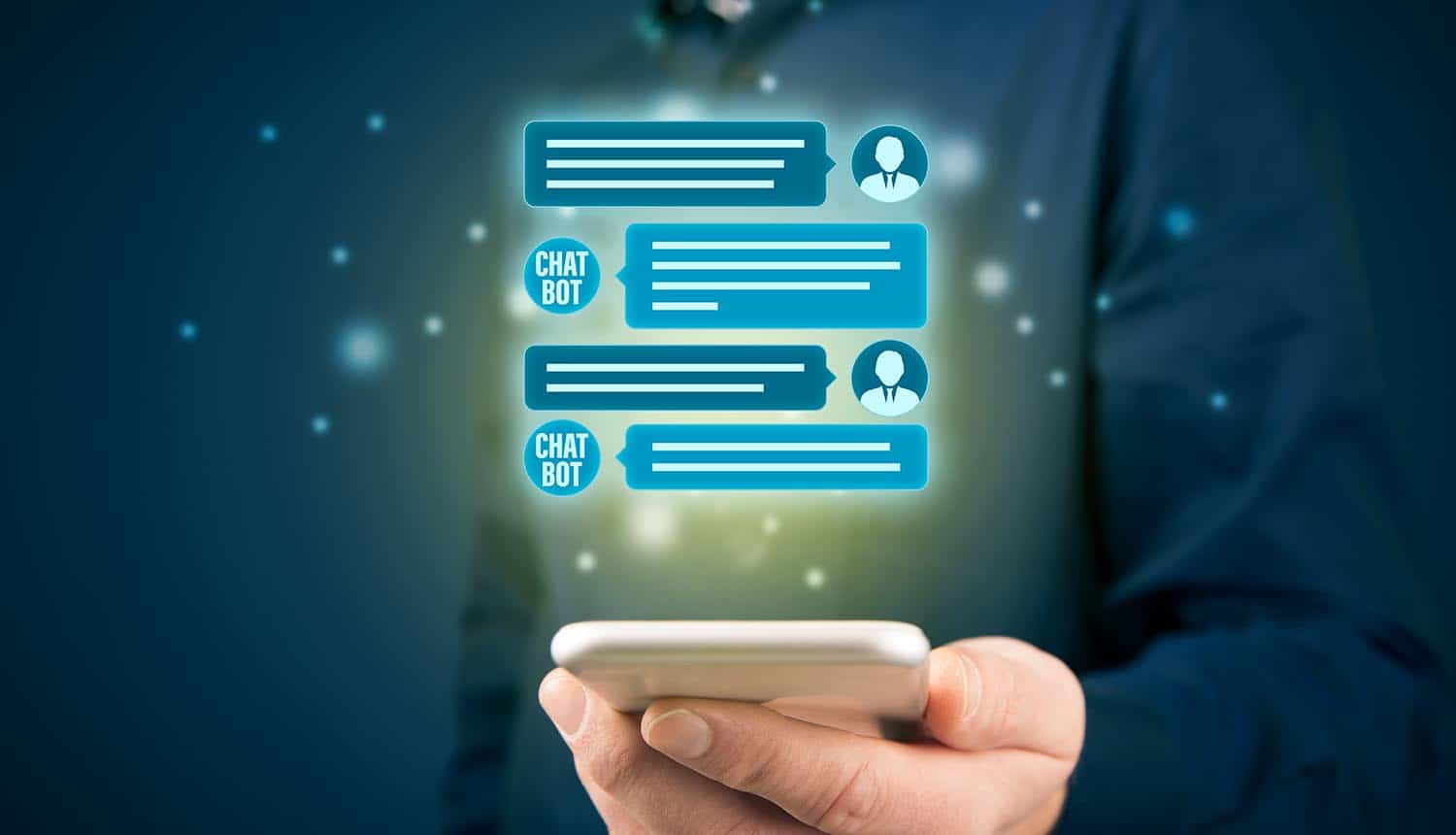Grab attention and engage customers digitally with chatbots
“Hey there! Is there something I can help you with today?”
Odds are, you’ve seen this message, or one like it, pop up from the bottom right corner of your screen as you’re scrolling through a webpage. It is perhaps the most prolific example of chatbot initiated engagement. Chatbots like these are triggered after you spend a certain amount of time on a page, much the same as an employee at a clothing retailer will make the rounds and check in on you as you’re perusing the aisles. Often, the answer will be “no,” but by asking questions directly relating to the retail experience, in this case fit, size and style, the bot can start a conversation with the customer that generates relevant fashion suggestions, increasing the likelihood that the customer will see something they like and therefore purchase.
Finding What You Need
Customers shopping online may not always know exactly what they want, but a chatbot has the potential to help a customer cut through a crowded marketplace to find something specific. In this instance, think of yourself at a hardware store, unable to find the section where the screws live. Not only could a question like, “what kind of project are you working on?” help a customer locate the screws, but through a conversation and a learned series of questions, the bot could ascertain exactly what kind of screws are needed.
As the customer is moving towards checkout, the bot could also use the information gathered from either that conversation or the items in the shopping cart to prompt another question, such as: “Have you considered…? Or, “Do you also need…?” and provide other recommendations for related items that may be useful within that project. For example, after placing the screws in your virtual cart, the bot might ask: “The 2-inch deck screws in your cart have hexagonal heads. Do you also need a hexagonal head drill bit?” These pop-up recommendations may not seem like much, but may save a return trip to the store, and saving a customer’s time could dramatically improve overall user experience, inviting a return from that customer when they are once again in need of something specific.
A Personality?
Chatbots can also make what are often solitary or mundane endeavors more fun. They don’t have to just ask and answer questions. They can be programmed with a personality. People are more likely to continue interacting with a brand if that interaction is fun or at least enjoyable. In this form, chatbots don’t even have to be online. They can be text messages or similar, becoming even more present in the lives of customers, but not detracting from the experience with a lack of engaging content.
Removing Language Barriers
Spirit Airlines, through the WhatsApp platform, already employs a chatbot that allows customers to engage with the brand in more than just English. By popping up with a language of choice, chatbots have the ability to engage with and hold the attention of non-English speakers who find themselves on a website entirely in English, or vice versa. In this scenario, an attention-grabbing bot engagement may be enough to help keep the non-native speaker on the site long enough to have a meaningful interaction with the brand and its content.
It’s not just about grabbing attention, but how a bot grabs attention that increases the potential of engagement. Through thoughtful consideration about a chatbot’s first impression, a brand can create a conversation that is more likely to drive conversions.
For more information about chatbots and their use in customer service directly from industry experts, visit discover.bot.
Already have a bot? Register your bot and give it a home to grow on .bot domain.
